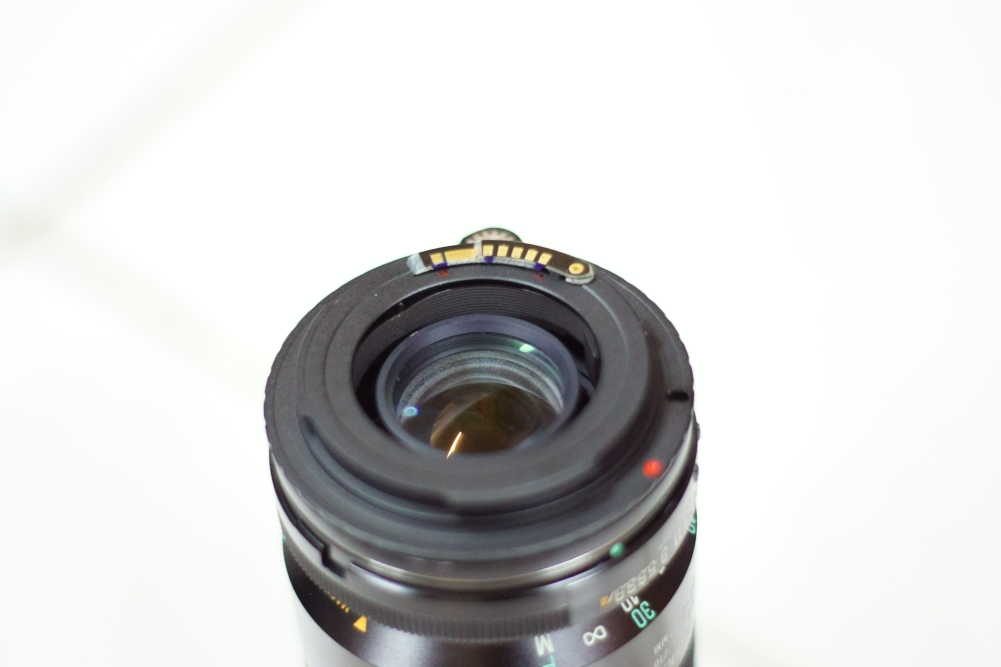Kelda vs Samyang 8mm f3.5 fisheye lenses
Review, Tested: Kelda 8mm f/3.5 Fisheye Lens for Nikon Posted on March 12, 2015 by lui_gough Fisheye lenses are pretty special when it comes to lenses. Their extreme distortion effect serves to be a novelty, which is sometimes overused , and can prove to be a handy feature to squeeze in extreme fields of view, or to ease 360-degree panorama photo-taking. The number of fisheye options for DSLRs have generally be limited, and it was hard for many to justify spending real money on a real fisheye lens. In terms of options, the one I like most is the Samyang 8mm f/3.5 fisheye (~AU$380), available under a range of different rebadge names such as Bower, Pro-Optic, Rokinon, Opteka, Vivitar, Falcon, Polar, Walimex and Bell and Howwell. In fact, I liked it so much that I owned one for Canon and one for Nikon! The other that’s widely known is a Zenitar 16mm f/2.8 fisheye (~AU$260), which is more suited for full-frame users, and isn’t as nice when it comes to flare handling. T...
